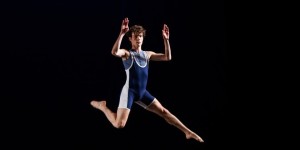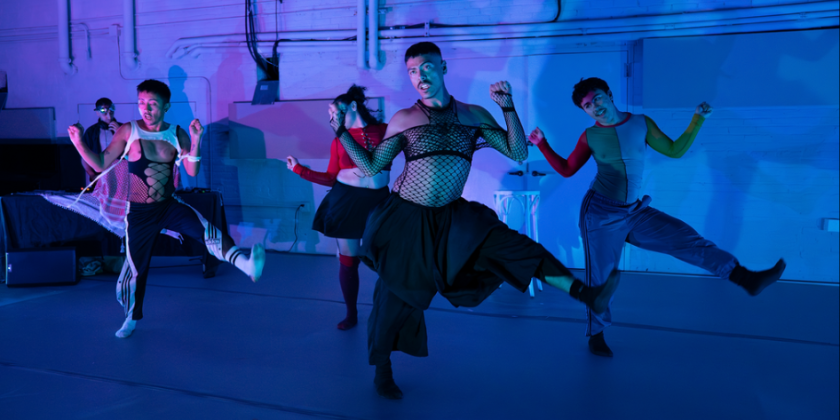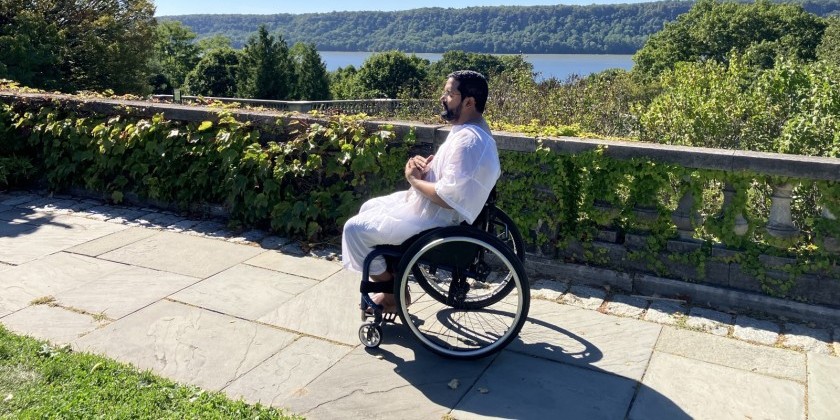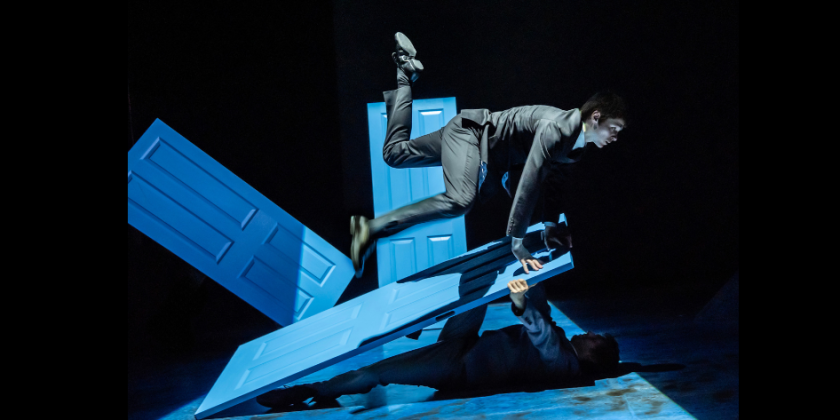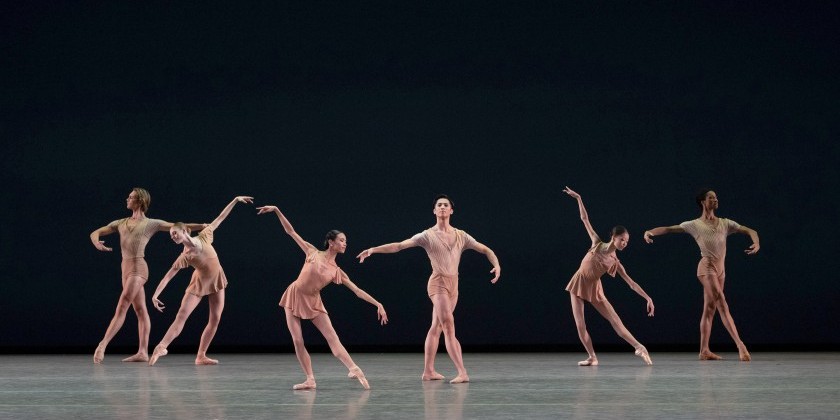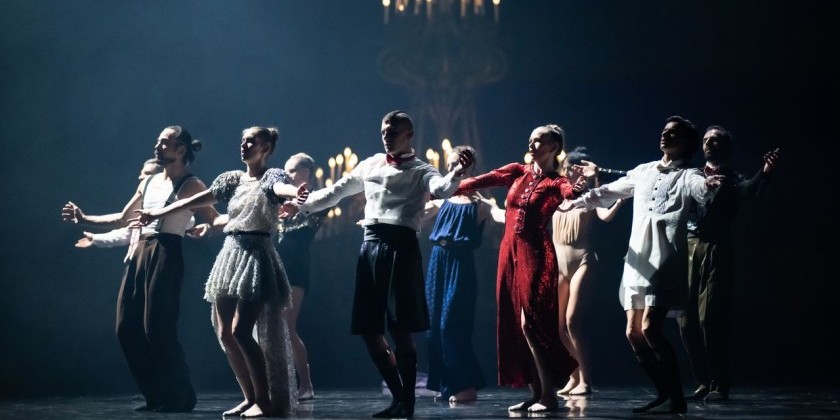
DAY IN THE LIFE OF DANCE: “Watching American Dance Machine for the 21st Century’s Virtual Videos” by MOVING VISIONS Editor Lisa Jo Sagolla
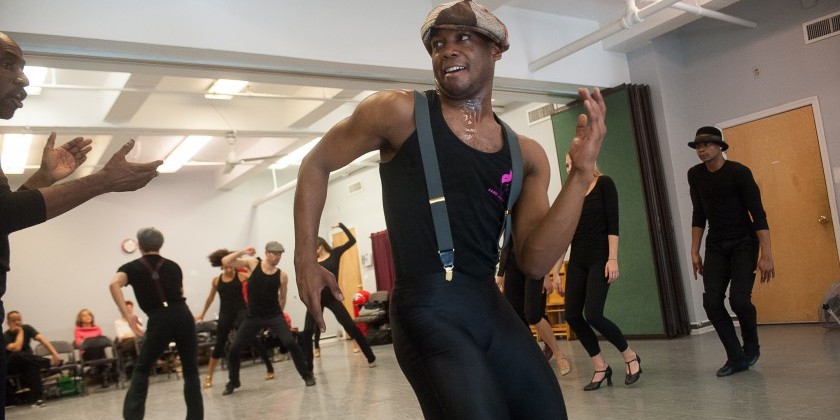
One of my few great pleasures during the Broadway theatres’ “shutdown” period was receiving that email, every so often, announcing the release of a new installment in the American Dance Machine for the 21st Century’s Virtual Videos series. Each video – there are five so far, with the promise of three more to come – preserves a significant piece of musical-theatre choreography through a recreated performance of the dance reimagined for the contemporary video screen. The videos are all between four and ten minutes long, and are still available for free viewing at adm21.org. They are so intriguingly shot, brilliantly danced, and full of surprises that, instead of resenting being forced to watch dance virtually for months, I grew to treasure the opportunity ADM21 was giving me to observe musical-theatre choreography in this novel, small-screen format. Even on my tiny laptop, the videos proved captivating, and I found myself re-watching them anytime I needed a pick-me-up during those socially isolated times.

Founded by producing artistic director Nikki Feirt Atkins in 2012, ADM21 is one-stop-shopping for the musical-theatre dance lover. It supports not only historical research and preservation of musical-theatre dances through live performances, but also nurtures the work of emerging choreographers, and offers master classes and training for working and pre-professional musical-theatre dancers. Formerly a practicing pathologist and professional dancer — with an M.D., as well as a B.A. in biology and performing arts — Atkins formed ADM21 to continue the legacy of the original American Dance Machine. That organization was founded in 1976 by Lee Becker Theodore, the dancer who, in 1957, originated the role of Anybodys in Broadway’s West Side Story. An influential teacher in New York during the 1970s and 1980s, Theodore evolved a stylistically-driven, decade-by-decade approach that came to define the teaching of theatre dance as a specific genre in commercial dance studios. I took her class regularly and can still remember how she divided the week – on Mondays we focused on popular dances and show choreography of the 1920s, Tuesdays were the 1930s, and so forth, until we finally reached the 1960s on Fridays.
Since the choreography for a musical is not preserved in the manner of a show’s book and score and can, thus, be lost forever — particularly for shows never filmed — Theodore created her company as a “Living Archive” of musical-theatre choreography, presenting performances of reconstructed dances staged by their choreographer, if still living, or by dancers on whom they had been was set. Theodore’s company folded upon her death in 1987. But building on that foundation, ADM21 has preserved dozens of musical-theatre dances.
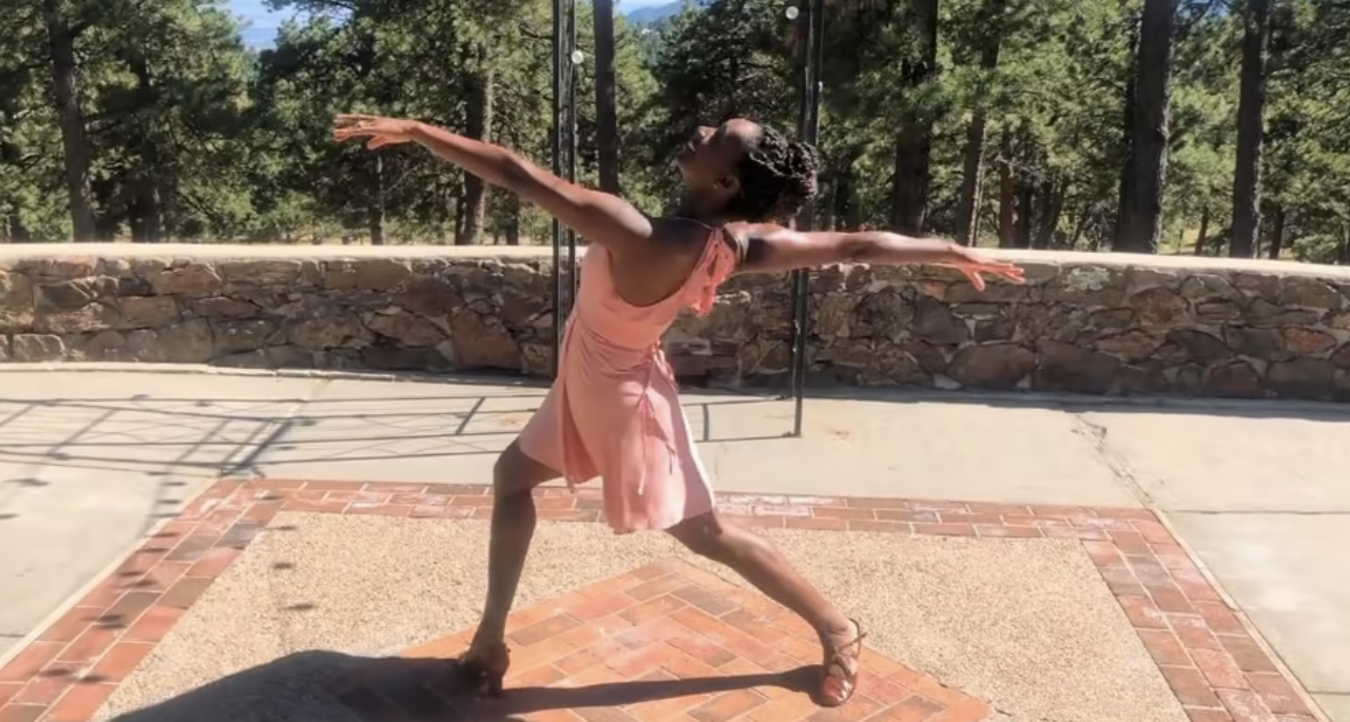
Because their Virtual Videos played such a key role in brightening my Covid-darkened days — and this month marks the one-year anniversary of the launch of the first one — I recently contacted Atkins to learn more about the making of the series. “Once I saw that the shutdown was lasting,” Atkins said, “I thought to myself, how are we going to keep ADM21 out there, and continue our mission? I decided we could put out video-recordings of some of our repertory and then I thought, well, that’s kind of boring. Let’s try to re-imagine the dances and make them more interesting for viewers who are stuck at home watching videos.”
Appropriately, the first number Atkins chose to present was “The Music and the Mirror” from A Chorus Line, that startlingly honest 1975 musical celebrating Broadway’s unsung ensemble dancers. Choreographed by Michael Bennett (1943-1987) and Bob Avian (1937-2021) and originally set on Donna McKechnie — whose performance of it established her as one of the greats of Broadway dance – the solo number kicks off with the pleading song lyric “Give me somebody to dance for, give me somebody to show.” Yet in the video we see 27 different performers, each doing just a snippet of the piece. They all recorded themselves performing the number alone. We see them in their tiny apartments, in backyards, parks, on a puddle-ridden gravel driveway, along suburban roads, and in empty dance studios. While it’s fascinating to see the myriad environments in which different dancers turn up, what’s most striking is how well every single step of the choreography is rendered, and once Atkins explained to me how the video was made, I understood why.

“We had a Dropbox, and they all put their videos in it,” said Atkins, who enlisted McKechnie’s assistance from the get-go. “Since Donna knows the piece in her soul, her bones, her muscles, I had her go through and find the best and most accurate choreographic representation of each part and we strung them together. Some of the dancers worked with her and did several versions, going back and refining their performances. Then we had to send it to a color engineer to make it look more uniform because everybody shot from their own iPhone.” For the vocal section, they used the original Broadway recording, from which they scrubbed McKechnie’s singing, replacing it with the voices of each of the different dancers. “We worked on it for nine months. We were really happy with the final product, and even more so with the reactions it got on social media.”
The video launched on December 22, 2020, and, according to Atkins, “people were moved to tears by it. We started out with the emptiness, the loneliness, showing the performers first in their little cramped spaces, and then going outdoors and having the freedom to dance.” An affecting, highly accurate documentation of an exciting piece of musical-theatre choreography, the video also serves up some casting treats. Among its impressive performers, sharp-eyed New York City Ballet fans may spot Maria Kowroski, Georgina Pazcoguin, and Robbie Fairchild.
.jpg)
The series’ second video, “Cool” from West Side Story (1957), launched on March 4, 2021. Created by Jerome Robbins (1918-1998), the choreography was taught and coached here by Robert La Fosse, who originated roles in Robbins’s 1995 ballet West Side Story Suite and in the 1989 anthology musical Jerome Robbins’ Broadway. “When I envisioned which pieces I wanted to cover in this series, I knew I wanted to do ‘Cool’ for sure,” stated Atkins. “It’s a standard in our repertory. We were asked to do it recently for a PBS special, but we weren’t able to get permission because of the new West Side Story movie. The trailer had just come out and they thought people would get confused between that and our video.”
Though “Cool” is an iconic ensemble number – with gang-leader Riff attempting to keep a lid on his Jets’ simmering tempers – in the video, director Joshua Bergasse presents Robbins’s choreography as multiple short solos, all filmed outdoors in famous New York City locales. Each segment is a mini-thrill – powerfully danced phrases of smooth jazz movements jarringly interrupted by percussive outbursts of ballet-based athleticism. Among the stellar cast, the standout dancer is Jess LeProtto. As a Top 8 finisher on Season 8 of So You Think You Can Dance, LeProtto distinguished himself as a versatile theatre-dance stylist and is clearly in his element performing this classically-grounded approach to jazz dance.
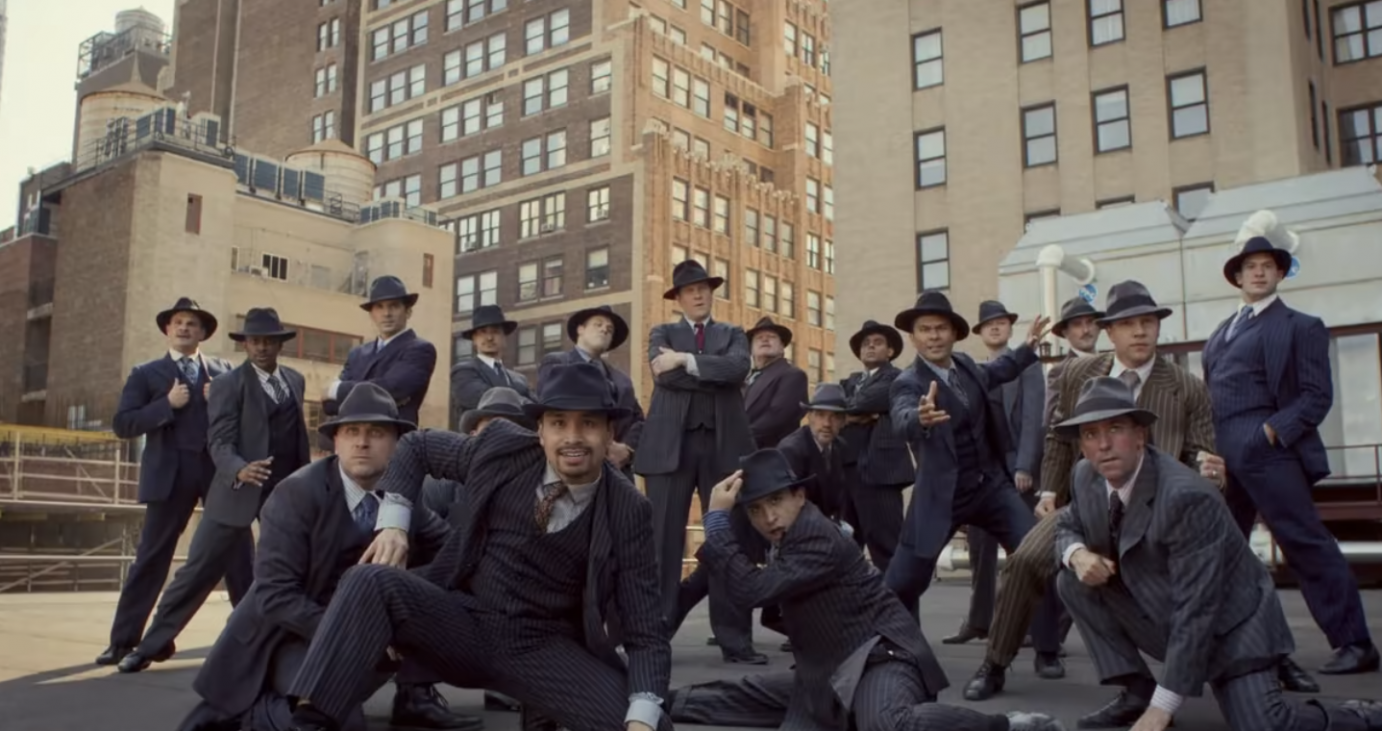
The most elegantly produced of the videos, and my personal favorite, launched on July 20, 2021. It recreates Susan Stroman’s slick ensemble choreography for “T’aint Nobody’s Biz-ness If I Do” from Bullets Over Broadway (2014). Featuring an all-male tap-dancing ensemble of 1920s-era “wiseguys,” it was shot on the spacious rooftop of the Manhattan Center. The view is spectacular, and the dancing is stupendous. “We used performers from the show’s original cast and tour, plus four of our own dancers,” explained Atkins. “James Gray was the stager, but Susan Stroman actually came in and rehearsed the dancing, and supervised all the way through. She had a lot of input. It was directed by Sam Hoffman and was really a short film. We didn’t even call it a video in our press release. It was so professionally done, so polished, as far as I was concerned, it was perfection.”
Yet to Atkins surprise, it was not this one, but rather the next video, “Moses Supposes,” released on August 4, 2021, that elicited the greatest response from viewers. A reimagining of a dance originally performed by Gene Kelly and Donald O’Connor in the 1952 Hollywood musical Singin’ in the Rain, this reconstruction of film choreography by Kelly may seem like a departure, but Atkins assured me it isn’t. ADM21’s repertory includes choreography, not only from Broadway musicals, but from films and television programs as well. “People have varying thoughts about that, and have asked me why we don’t just stick to Broadway,” said Atkins, whose definition of musical-theatre dance extends beyond dances created for stage musicals. “This is an American art form and there is great work all the way around – what Michael Kidd did on film, what Jack Cole did for television – so why restrict it? I just want to choose dances that are really good and need to be seen. That’s why I didn’t put the word ‘Broadway’ in our mission statement.”
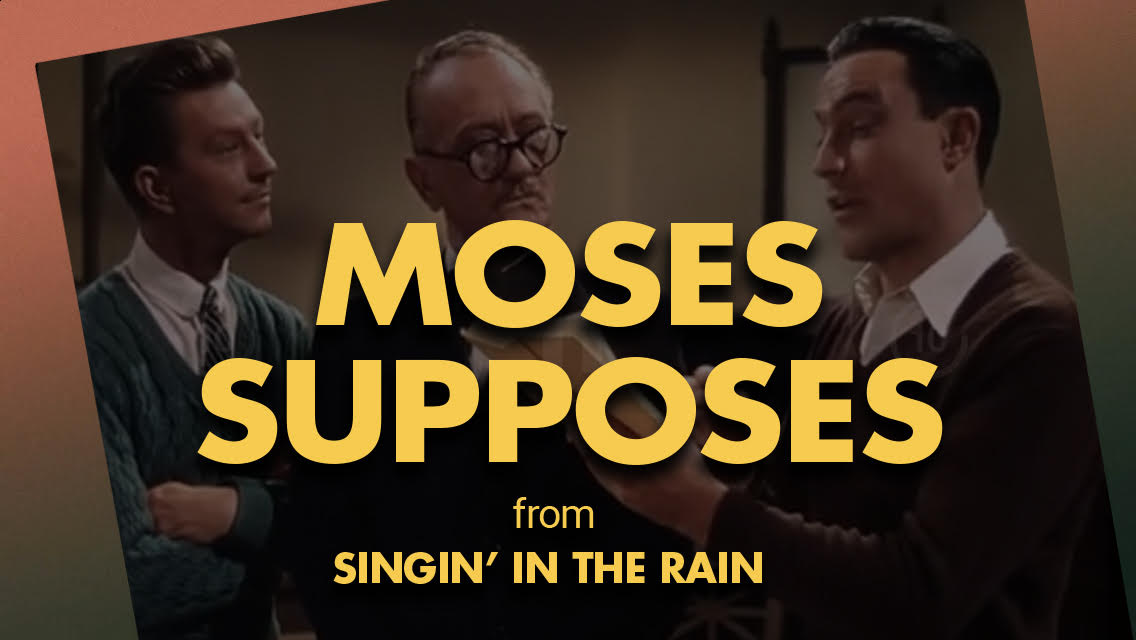
Directed by Caleb Teicher, the “Moses” video features four tap-dancing duos, each filmed performing several phrases of the snappy number in various outdoor settings. Their tap sounds were dubbed in afterward, so as to get the correct volume and clarity. In the same way they removed McKechnie’s singing from the “Music and the Mirror” recording, they erased Kelly and O’Connor’s tapping from Singin’ in the Rain’s soundtrack and replaced it with their own. Some sections are danced on cement or sand, and one of the most interesting aspects of the video is how distinctly it captures the sonic aesthetics of dancing on those “scratchy” surfaces.
Joyous, brisk, and brightly-lit, the four-minute video feels like an injection of fast-acting happiness. “Though we got a lot of views on ‘Cool,’ we got the most responses to this video, in terms of comments, longevity, and donations to the company,” said Atkins. “The main feedback I got was that people really felt happy watching it.”
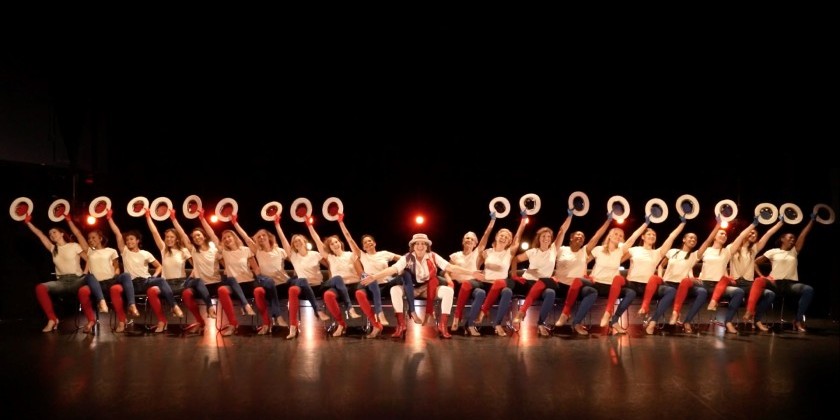
The latest video, “Our Favorite Son” from The Will Rogers Follies (1991), choreographed by Tommy Tune, launched on November 18, 2021. To perform the intricate precision-dance piece, Atkins cast 10 young dancers – mostly Rockettes – and interspersed 10 older dancers from the original Broadway production. The reconstruction of the challenging chorus-line routine – featuring seated dancers performing all sorts of unison and contagious gestures, tilts, and kicks at supersonic speed while also singing – was staged by Patti D’Beck, the Broadway show’s original dance captain. “This one is such an expression of our mission, of passing it on,” said Atkins. “The new dancers were bowled over working with the original cast, and the original cast members were so moved by seeing it being passed down to the new ladies.”
Still to come are three more videos. Next up is “Ti Moune’s Dance” from the 2017 revival of Once on This Island, choreographed by Camille A. Brown. “It’s already done, we just have to establish a release date,” Atkins promised. “Then Randy Skinner is going to do one with Tony Yazbeck and a partner yet to be determined. It will be a number from White Christmas [the 2009 Broadway engagement of which starred Yazbeck and was choreographed by Skinner]. And then Rob Ashford and I are having a conversation about doing one, probably "Brotherhood of Man" from How to Succeed in Business Without Really Trying [which Ashford directed and choreographed a 50th anniversary Broadway revival of in 2011]. But these videos are really expensive to do, so after that we need to take a pause, and do a live performance.”
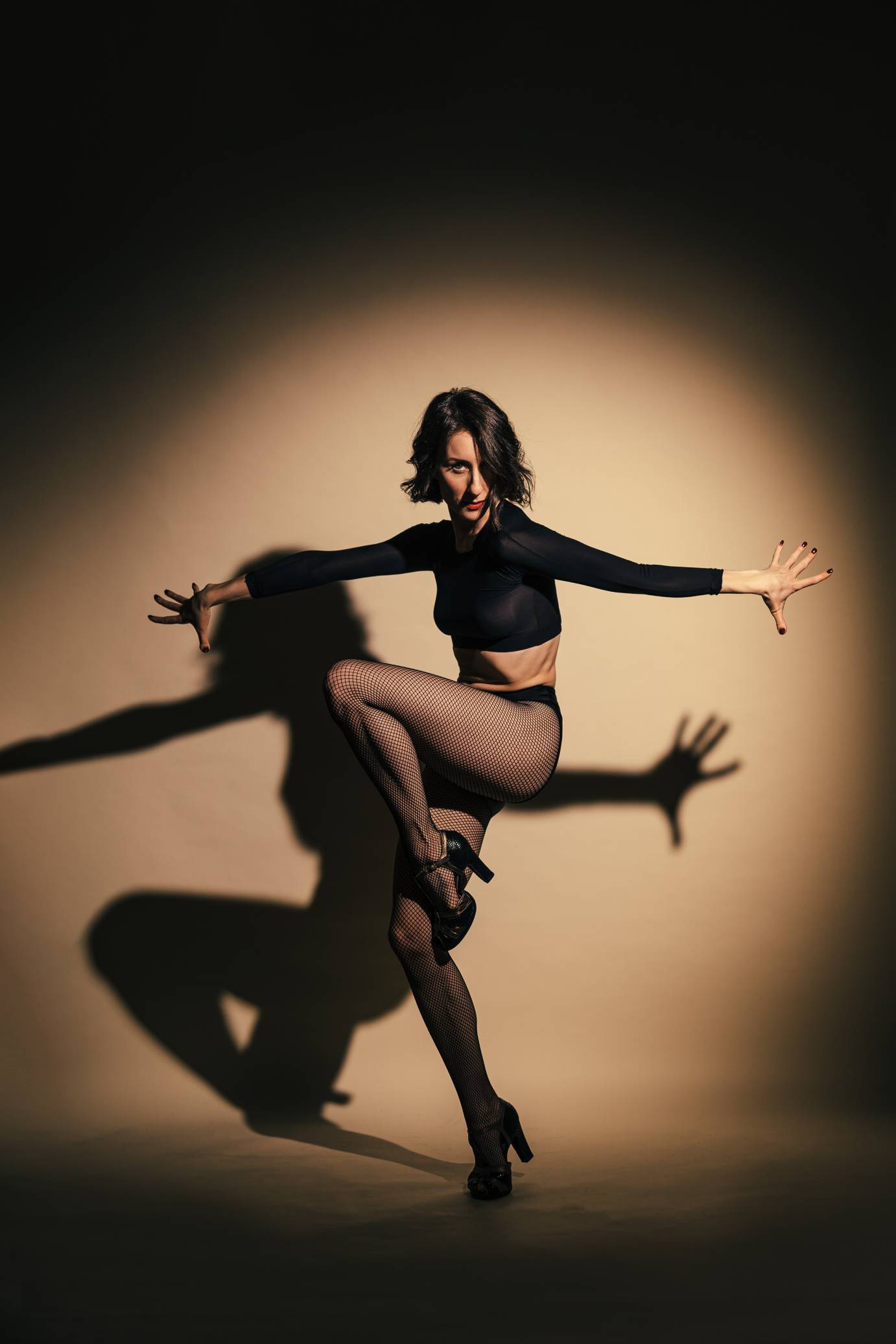
That performance is likely to be a studio showing of some of the company’s older repertory alongside new work by budding choreographers LeProtto and Skye Mattox (granddaughter of legendary jazz dancer and pedagogue Matt Mattox). “I don’t want people to think of us as a museum piece,” said Atkins, in describing the organization’s new Emerging Choreographers initiative, which supports ADM21 performers in becoming dance creators. “We use the word ‘preserve’ a lot, which is the core of our mission. But we have trouble getting support for that. So we need to grow beyond preservation, and nurture new talent. And the thing about Skye and Jess is they’ve been with us for a long time so they’ve danced a lot of the classics. We now want to see how that has influenced their own choreography. How does dancing Bennett, and Robbins, and Gower [Champion], and all of the greats influence a new choreographer?” Since that question can only be answered if older work is preserved in the first place, ironically, ADM21’s shift toward more forward-looking goals actually provides further justification for its original missions of research and reconstruction.
And speaking of research, before we said our goodbyes, Atkins told me about one more project she has planned for the future. In spring 2023, at the Joyce Theater, ADM21 will present a joint production with Camille A. Brown & Dancers, featuring reconstructed musical-theatre dances by eight female African-American Broadway choreographers. I have to confess that, without consulting any reference sources, I was unable to identify eight artists who fit that bill. Can you? It’s definitely something to think about.





